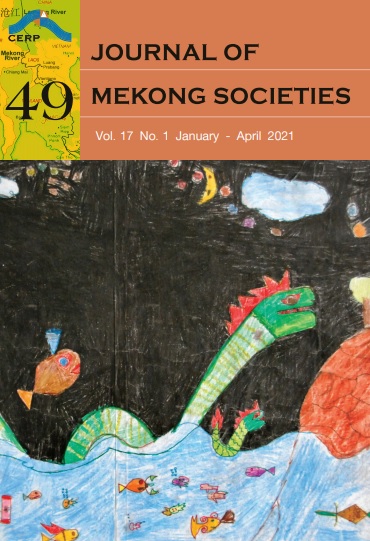Gender Vulnerability and PAR Model Assessment in the Post-Disaster Period: A Case Study from the 2014 Chiang Rai Earthquake, Thailand
Main Article Content
Abstract
This study analyzes gender-based vulnerability during the post-disaster period in the epicenter of the 2014 northern Thailand earthquake in Saikao, Phan district, Chiang Rai province. Blaikie’s Pressure and Release Model (PAR) was adapted to include core determinants of gender vulnerability for conceptualizing gender-based risk in the post-earthquake context. The gender vulnerability approach is crucial for achieving gender equality to reduce future disaster-related risks and deepen community resilience. The research applied qualitative analysis in an exploratory case study to examine dimensions of gender vulnerability developed from Blaikie’s PAR Model in the post-disaster period of the 2014 Chiang Rai earthquake. Data were collected from stakeholder engagement interviews and affected women as key informants. The results show that three elements of gender vulnerability (root causes, dynamic pressure, and unsafe living conditions) were found among the affected women. The root causes involved gender stereotyping and women’s double burden, adding the affected women’s workload and hampering their economic empowerment in the post-disaster recovery. Dynamic pressure was observed in the local government’s policy-related disaster management response, which had not integrated gender-based assessment thoroughly into strategic plans and actions. Furthermore, the affected local women resided in unsafe living conditions, where houses were constructed using low-quality building materials without sufficient reinforcement. The study concludes that implementing gender-based assessment into disaster management governance would decrease women’s vulnerability and increase their capacity to achieve effective disaster risk reduction to strengthen Thailand’s sustainablilty and resilience.


